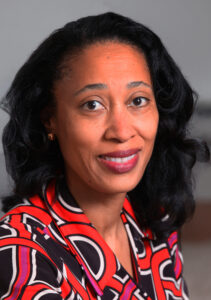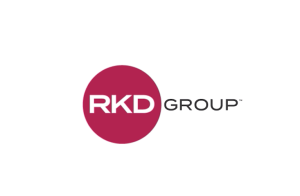The year-to-year change in donors in households from where gifts were made to organizations for the first time increased in 2017 for the first time during this decade, up 10 percent from 2016. The bump is being driven by donors who already give to other organizations, many of them making gifts of at least $1,000.
And, the vast majority of donors are sticking with the old favorites, too.
This trend will necessitate greater strategy in stewardship, according to Vital Signs Part 2: The Undeveloped Value of New Donors,” a new report by the Blackbaud Institute for Philanthropic Impact.
Chuck Longfield, chief scientist for Blackbaud and senior advisor for the Blackbaud Institute, said that the “vast majority” of new gifts to organizations were from donors who already support other organizations.
Longfield, who authored the report, attributed very little of the 2017 surge to tax reform, citing, rather, increases in discretionary income and “rage giving.” Despite economic rebounds from years earlier, donors had more money to do with what they desired in 2017 than in years past. The divisive political nature of the country also had a role. Donors, conservative and liberal alike, engaged in “rage giving” in 2017 to support their ideals. Liberal voters have been most successful in this regard, Longfield said, citing donation increases for the American Civil Liberties Union, Planned Parenthood, and the Southern Poverty Law Center.
The recent uptick followed an overall 16.1 percent decline in the number of donors in households from where first-time gifts to organizations where made from 2010 through 2016. This decline was met with a bump in generosity among households where donors that were able to give. The percent of new-gift households providing gifts of less than $1,000 fell by 8.2 percent between 2010 and 2016, while the number of new gifts of $1,000 climbed by 27.4 percent.
The report suggest that these giving dynamics might illustrate increased donor expectations and necessitate stronger stewardship. That doesn’t necessarily mean that nonprofit leaders need to become territorial over their supporters. The report analyzed new gift donors’ behaviors after making new gifts to more than 1,000 organizations and found that the new donors had revenue-retention rates with the existing organizations they supported of between 80 and 90 percent. Donors who did not make gifts to new organizations posted revenue retention of between 70 and 80 percent.
Longfield added that donors that give gifts to new organizations give to about double the number of organizations at double the total amount as donors that have not given new gifts. The report notes that about 83 percent of philanthropy comes from about 20 percent of donors. Longfield said that he’s seen splits closer to 90 percent of philanthropy from 20 percent of donors and expects for this divide to widen.
“To some extent, you can argue that philanthropy is just mirroring what’s happening in society,” Longfield said, referencing political and social discussion of “the 1-percent.”
These donors tend to continue to support organizations after developing a relationship, but initial retention is still at just 30 percent despite increased loyalty down the line. Longfield acknowledged that it is impossible for nonprofits to steward each donor well, so assessments need to be made to prioritize efforts and allocate stewardship dollars.
Longfield suggests making such assessments soon after the first gift. Wealth shouldn’t be the driving factor, rather Longfield advises that donor interest and commitment is most important. This can be uncovered by simply asking donors what they want out of the relationship or testing their commitment by throwing up a hurdle or two. Hurdle examples can be asking them to participate in a survey, visit your office, or provide a piece of information. The answers are less important than the act of complying.
“The people who want a relationship with you will raise their hand,” Longfield said.












